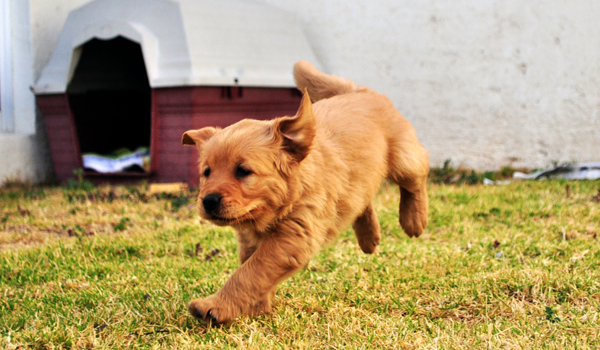When you purchase through links on our site , we may make an affiliate charge . Here ’s how it works .
The difference between a pug ’s smashed schnoz and the narrow-minded muzzle of a dachshund count on just one lowly section of genes , according to a new study .
The findings , publish today in the journal Public Library of Sciences – Biology , are the most comprehensive genetic analytic thinking of domestic blackguard to date , and could have an impingement on human genetics , the researchers say .

Credit: Dreamstime
divers pooch
Thanks to years ofbreedingfor function and form , dogs are now the physically most various country creature , according to Stanford University . What investigator did n’t have intercourse was whether the difference between majuscule Danes and chihuahuas or shar - peis and whippet was because of hatful of small transmissible changes adding up , or just a few bighearted change .
To find out , Stanford prof of genetic science Carlos Bustamante and his colleagues analyzed more than 60,000 single genetic changes known as individual nucleotide polymorphism , or SNP for short , in 915 dog . The dogs included representatives of 80 domesticated stock , 83 wild canids such as brute , dodger and coyote , and 10 Egyptian village dogs — domesticated but of no particular stock .

The researchers used the SNPs to identify lump of DNA share among individual dog-iron of the same strain . They found that while purebred dogs tended to share large stretch of deoxyribonucleic acid with other members of their strain , the risky dogs and village mutt were more variable . The researchers then looked to see which region varied with specific forcible traits from breed to breed .
They found that — in contrast to humans — manyphysical traitsin dogs are determined by very few familial regions . For example , a domestic dog with version A of the " snout length " region of a gene may have a retentive , svelte muzzle , while edition B confers a more standard olfactory organ and C an abnormally poor schnozzle . If X , Y and Z in the " leg length " region lend a range of meridian from short to improbable , an A / ecstasy blackguard would have a slender gun muzzle and short legs like a dachshund . C / Y might be a bulldog , while B / Z would be more like a Labrador .
" We ’ve found that only six or seven locations in the wiener genome are necessary to excuse about 80 percent of the differences in height and weight among dog breeds , " said Bustamante , PhD. " In humans these are controlled by hundreds if not thousands of variant . "

This mixing and matching of chunks of DNA is how breeder were able-bodied to come up withso many dissimilar breedsin a relatively curt amount of time .
" This dizzying raiment of morphological variants has happened inordinately chop-chop in terms of evolutionary timescales , due to inordinately strong pick by humans , " said Bustamante . " Most hotdog breed are only a couple of hundred years sometime . "
Making sense of genetics

The findings may be for the dogs , but they could eventually avail researchersunderstand human traits , such as height , whisker color , and dead body weight . The idea , the researcher say , is that identifying the dozen neighborhood where dogs harbor genetic switches among breeds will render clues as to where researchers could find mutations of import to human health and disease .
" sympathise the transmissible bases of complex trait in humans is difficult because many unlike genes can mold a special trait , " Bustamante order . " Having model systems , such as mice and dogs , is vital for making sense of the biology . "
For example , even ifdog and human cancersare different , they two disease could be very alike at the molecular level , with cellular process that run to peel cancer , say , in dogs , resembling those that lead to breast cancer in woman .















